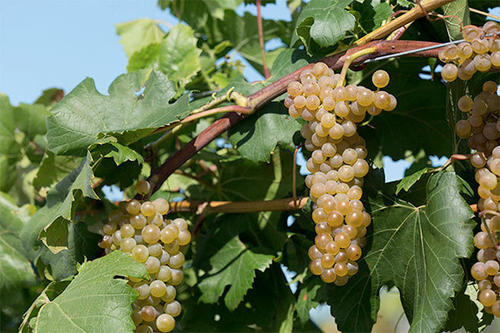
At the University of Minnesota, grape research hasn't just sprouted a few new vines—it's spurred the growth of an industry.
The U of M's newest grape, Itasca, is the latest in a line of cold-hardy wine grapes developed by U researchers that have played a crucial role in building the winery industry in regions where low temperatures once hindered grape growing. Unlike more well-known wine grapes, these varieties can survive winter temperatures well below -20F.
Today, the cold-climate grape-growing and winery industry has a more than $400 million economic impact nationwide. Since 1996, producers in 12 states have planted an estimated 5,400 acres of cold-hardy grapes. Itasca joins the grapes known as Frontenac, Frontenac Gris, La Crescent, and Marquette, all developed by the U of M.
"Through its wine grape breeding program, the U of M has been primarily responsible for the emergence and growth of the northern grape wine industry," says William Gartner, professor with the Department of Applied Economics in the College of Food, Agricultural and Natural Resource Sciences.
Itasca, perfect for making dry white wines, has lower acidity and high sugar levels, says U of M assistant professor of horticultural science Matt Clark, coupled with high resistance to common grape pests such as downy and powdery mildew and certain insects.
Licensed nurseries will begin selling Itasca in 2017.
- Categories:
- Science and Technology





